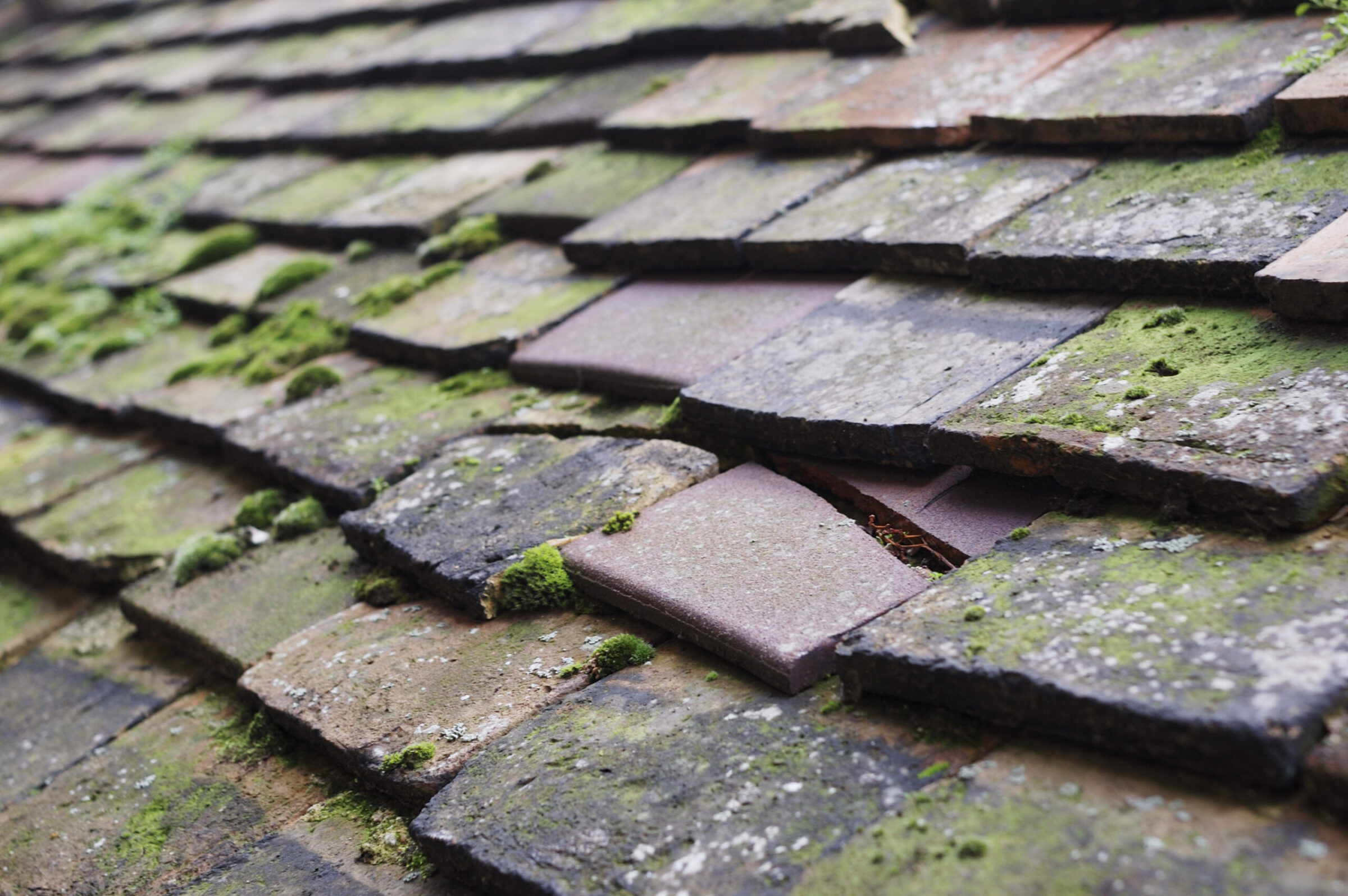The very top of your home could one day bring one of your very biggest home-maintenance bills. Roof-replacement costs often land between $10,000 and $15,000—and they can climb considerably higher if the roof is larger than average…local labor costs are high…and/or you select a pricey roofing option such as architectural shingles, metal or tile rather than conventional “3-tab” asphalt shingles.
Until recently, homeowners rarely gave their roofs much thought until they experienced leaks or shingles blew off in storms. But lately homeowners have received unwelcome roof reminders from an unexpected source—their insurance providers. Insurers are increasingly using drones and satellites to evaluate policyholders’ roofs, then increasing rates or threatening to cancel policies when they spot problems. That has left many homeowners considering a potentially pricey question—how long does a shingle roof last?
A Roof’s Age is Just a Number
The typical lifespan of a conventional asphalt shingle roof is around 20 to 25 years, but that’s just an average—not every roof will last two decades and not every roof will need to be replaced by the quarter-century mark. Other key roof longevity factors: Severity of the local weather and the quality of the shingles installed. But when a roof’s 20-year anniversary approaches, it’s time to check for signs that its end is near, including…
- Granule loss. The top layer of asphalt shingles contains tiny granules of crushed rock and other minerals. These protect the shingles against UV light and other sources of deterioration, but the granules inevitably fall off over time. Minor granule loss is normal, but when spots on the roof are noticeably darker than the rest and/or significant quantities of granules collect in your gutters or at the bottom of gutter downspouts, your roof will need to be replaced soon.
- Shingles that no longer lie flat. When shingles start to curl, peel or cup, it’s often a sign that those shingles are becoming brittle and badly worn. Non-flat shingles can allow water to pool rather than flow off the roof, increasing the odds of leaks and moss or algae growth. Note: Curling or cupping shingles on a roof that’s still relatively new might be the result of poor attic ventilation, low-quality shingles or improper shingle installation. If any of this happens, call the contractor that did the installation.
- Missing or askew shingles. Minor repairs might be all that’s needed if a small number of shingles are out of place following a big storm…but if numerous shingles regularly become displaced, a new roof is the likely solution.
To Repair or Replace—That Is the Question
Homeowners often opt for repairs rather than replacement when their roofs have problems—they want to delay that big replacement bill for as long as possible. But even roof-repair costs can be steep—repairing a roof leak can run anywhere from a few hundred dollars to a few thousand dollars. Rule of thumb: If a conventional asphalt roof is within a few years of its 20th anniversary or past that date and/or roof problems have become common, it’s probably time to replace the roof. There’s little point spending money to repair a roof that will have to be replaced soon anyway.
When it is time to replace your roof, take these steps to get the best work for the right price…
- See if your homeowner’s insurance will foot the bill. Many policies will cover roof-replacement costs (less the deductible), because a new roof prevents damage and maintains or even adds value to the home.
- Ask well-established real estate agents in your area to recommend roofers. Real estate pros tend to know which home-repair pros can be trusted because they’ve inevitably had to arrange for new roofs and other repairs for homes they’re trying to sell. Real estate agents often are willing to share this info in hopes of building relationships with local homeowners who could later become clients.
- Confirm that the roofer you select is insured and licensed, if licensing is required in your state. Also ask for references.
- Ask for details about the warranty on materials and workmanship. Offering lengthy warranties is a good sign that a roofing company uses quality materials and does quality work.
Big decision: Which type of roofing to have installed. Three-tab asphalt shingles are the most common and most affordable choice, but there are other options…
- Architectural shingles, also known as “dimensional” shingles, which are thicker, more durable and more visually distinctive than conventional shingles and often last 30 years or more.
- Metal roofs, which can last 50 years or longer.
Both these options cost significantly more than three-tab asphalt shingle roofs—often $20,000 to $30,000, and potentially more if the roof is especially large and/or high-end materials are used, such as copper or zinc.
Helpful: Before having a roof replaced, ask your insurance agent if a discount is available if your new roof meets “fortified” roof wind-resistance standards. In some areas, the insurance savings more than cover the added upfront cost.

